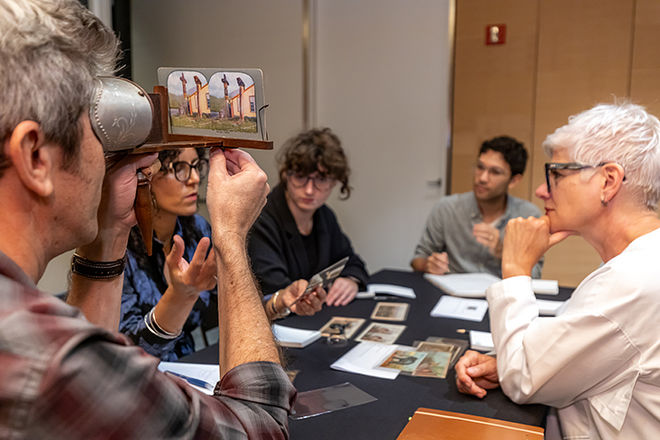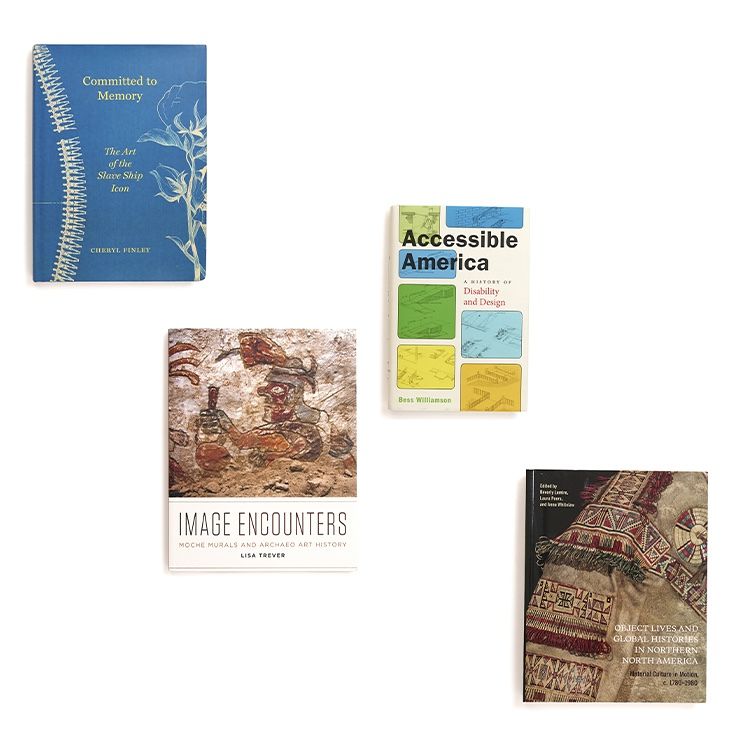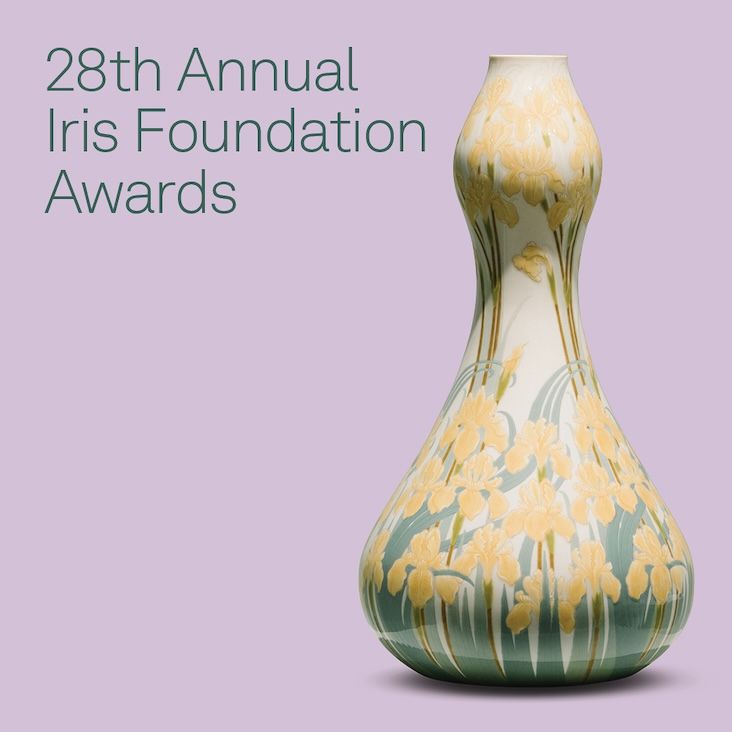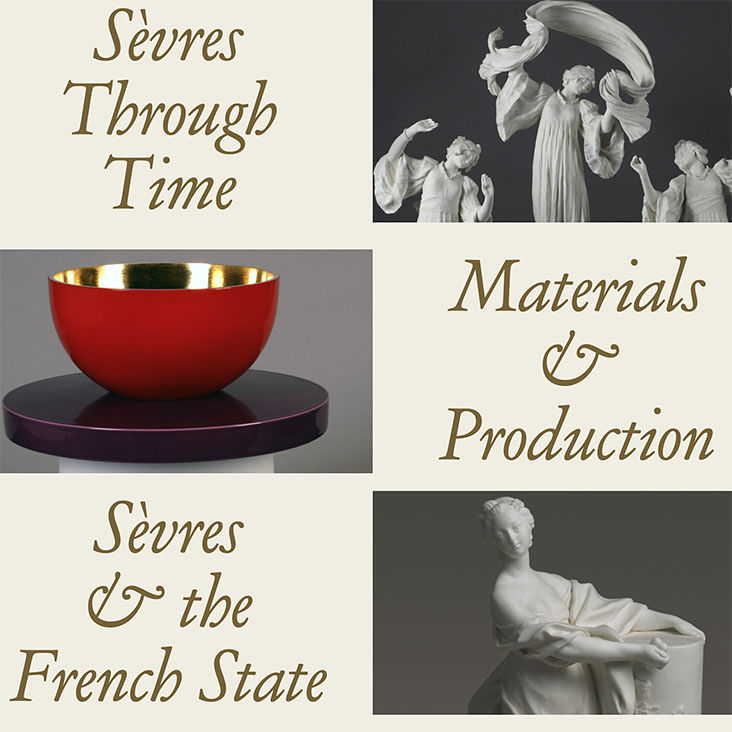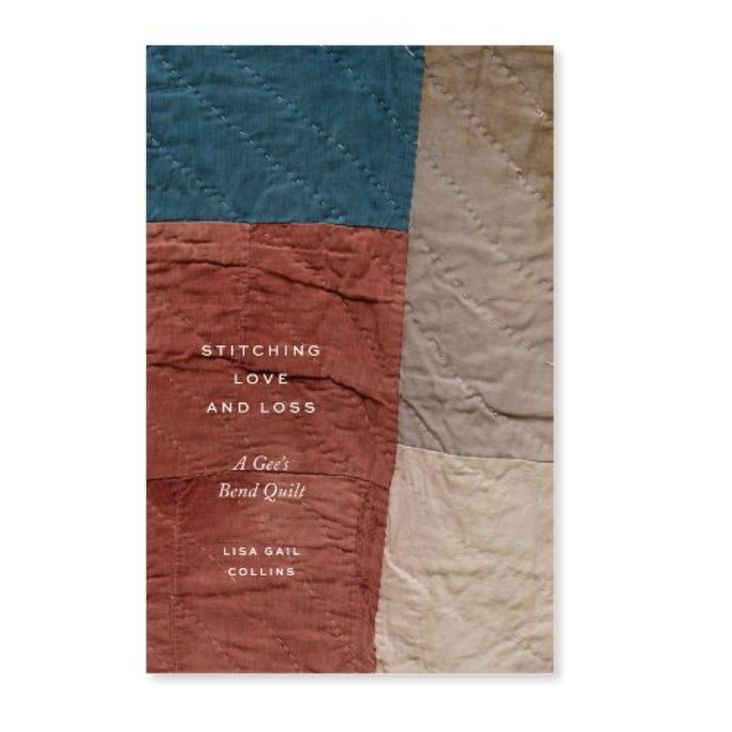Lynda Teller Pete and B
arbara Teller Ornelas gave a Brown Bag Lunch presentation on Monday, September 17, from 12:15 to 1:15 pm. Their talk was entitled “Spider Woman’s Children: Navajo Weavers Today.”
Navajo weaving traditions span seven generations in the TellerFamily of Two Grey Hills, New Mexico. This presentation will briefly introduce the history of Navajo weaving and will focus on the family’s process of weaving from sheep to tapestry. Lyndaand Barbara will also discuss their interviews with other Navajo weavers for their book, Spider Woman’s Children (2018), which will offer a glimpse into the lives of weavers of all ages and experiences across different communities on and off the Navajo Nation.
Weaving is a legacy in the Teller family. For over five generations, grandmothers, mother, sisters, aunts, and cousins have produced award-winning rugs that have been featured in numerous publications, private collections, and museums. They are known for weaving tapestries in the traditional Two Grey Hills pattern, identified primarily by a double-diamond layout and intricate geometric designs made with natural colored, hand-carded, and hand-spun wool.
Lynda Teller Pete attended Arizona State University and relied on weaving to pay for tuition and books. After college, and a 20-year weaving hiatus during which she worked for the Department of Labor, Lynda refocused on weaving as a priority. She also collaborates with museums, schools, guilds, and other art venues to educate the public about Navajo weaving, its history, and the preservation of weaving traditions. She and Barbara have taught Navajo weaving workshops across the country for over 21 years.
Barbara Teller Ornelas is a fifth generation rug weaver who sold her first rug when she was only 10 years old. She is known for weaving Two Grey Hills tapestries and has won two “Best of Show” awards at the prestigious Santa Fe Indian Market. As she says, “My work, my ideas, my processes and weaving materials are ever evolving but staying true to the standards set by my elders. I take the responsibility of carrying on our family’s tradition by teaching my family and mentoring others to help preserve this cultural legacy.
